Uneven Nose After Rhinoplasty: Swelling or Permanent Asymmetry
Facial Plastic Surgery
Are you dealing with an asymmetrical nose after rhinoplasty? You're not alone in facing this challenge. This comprehensive guide explores the underlying causes, emotional impacts, and surgical and non-surgical options to help you address this common issue. Gain valuable insights and expert guidance to restore facial harmony and achieve the best possible rhinoplasty results. Together, we can navigate the journey towards renewed confidence and satisfaction.
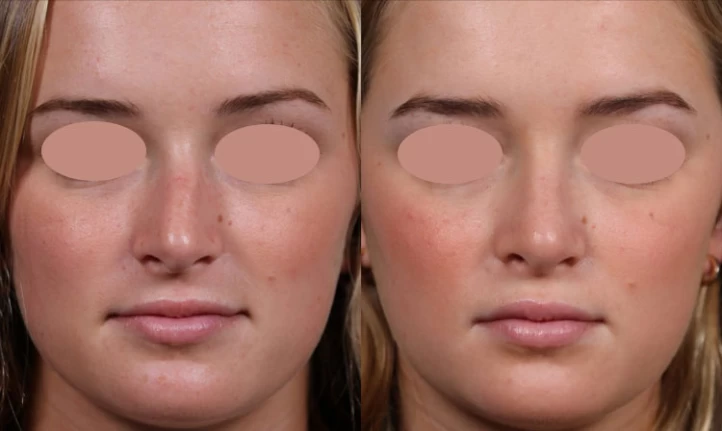
Understanding Nose Asymmetry After Rhinoplasty
Nose asymmetry after rhinoplasty, often called a "nose job surgery," can concern many patients. This condition implies a deviation from the expected symmetry of the nose's shape or form after surgical intervention. While facial asymmetry is a common and natural feature, noticeable differences post-surgery, such as an asymmetrical nose after rhinoplasty, can sometimes fall short of patient expectations, affecting overall patient satisfaction.
The Role of Swelling in Post-Surgical Asymmetry
Swelling is an inherent response to the trauma inflicted during a rhinoplasty procedure. It's crucial to understand that swelling doesn't always subside uniformly, which can temporarily lead to an appearance of asymmetry, including crooked nose 6 months after rhinoplasty. This phase is often most pronounced in the initial weeks post-surgery and gradually diminishes as the healing process progresses.
- Duration of Swelling: Typically, noticeable swelling reduces significantly within the first month but can linger in a more subtle form for up to a year.
- Management Tips: Elevation of the head, cold compresses, and adherence to post-operative care instructions are key to managing swelling effectively.
Scar Tissue Impact on Nasal Asymmetry
Scar after rhinoplasty is another critical factor that can influence the outcome of the surgery. The body's healing process includes the generation of scar tissue to repair the surgical sites, which can sometimes alter the nasal structure or lead to additional persistent nose asymmetry and uneven nostrils after rhinoplasty.
- Prevention Strategies: Gentle massage, as recommended by the surgeon, and careful handling of the nasal area can help minimize the impact of scar tissue.
- Long-term Effects: In some cases, the scar tissue may settle and become less noticeable, whereas, in others, it might necessitate further intervention, including nostril asymmetry correction.
Signs of Normal Healing Variations
After rhinoplasty, it's common for patients to notice some degree of nostril asymmetry due to uneven swelling, which typically resolves over time. These variations in nostril appearance are generally part of the normal healing process and can vary from person to person. But how can you tell if your healing is on track or if something needs closer attention?
Some signs of typical healing include:
- A slight difference in nostril size or shape.
- Swelling that gradually improves over time.
- Nostrils become more even as healing progresses.
These signs indicate that your body is healing properly. As long as these changes show improvement, there's usually no need for concern.
Common Causes of Post-Rhinoplasty Asymmetry
After undergoing a rhinoplasty, patients often expect a symmetrical and aesthetically pleasing nose. However, several factors can lead to post-surgical asymmetry, affecting the overall rhinoplasty outcome, including asymmetrical healing after rhinoplasty. Understanding these factors is crucial for setting realistic expectations and discussing potential corrective measures if necessary.
- Surgical Techniques: The methods and approaches used during rhinoplasty can significantly impact the nose's symmetry. Precision and skill are paramount, as even minor deviations can lead to noticeable unevenness, such as an asymmetrical nose.
- Healing Responses: Individual healing processes can vary significantly among patients. Age, skin type, and overall health can influence how one's body reacts to surgery, potentially leading to uneven swelling or scar tissue formation.
- Pre-existing Facial Asymmetry: Many individuals naturally have some degree of facial asymmetry. These pre-existing conditions can exacerbate post-operative nose asymmetry if not adequately addressed during the planning phase of rhinoplasty.

Effect of Facial Asymmetry on Surgical Outcomes
The impact of inherent facial asymmetry on surgical results cannot be overstated. To achieve a harmonious outcome, a skilled surgeon must evaluate the entire facial structure, not just the nose. This holistic approach ensures that the reshaped nose complements the patient's overall facial features, enhancing patient satisfaction.
How to Correct Nose Asymmetry?
Nasal asymmetry after rhinoplasty is disappointing, especially for those longing for facial harmony. Luckily, there are lots of surgical and non-surgical options to correct nasal asymmetry and bring back facial balance. Almost six months after the initial operation, the patient can see the surgeon to correct their crooked nose or uneven nostrils. Remember that both the revision rhinoplasty and the non-invasive methods should be done with the highest precision because the results are irreversible.
Minor Asymmetry Correction
Minor asymmetry refers to slight unevenness in the nose, specifically around the nostrils. Such asymmetry can be resolved with injecting dermal fillers, so the patient shouldn’t undergo another invasive surgery.
Comprehensive Revision Surgery
Sometimes the nasal structure gets too deviated, and the asymmetry is very noticeable after rhinoplasty. In such cases, a revision rhinoplasty (invasive method) is required to correct nasal cartilage, structure, and soft tissues.
Non-Surgical Adjustments
If the patient is reluctant to get another surgical procedure, they should undergo non-invasive techniques. Using fillers and Botox can help correct minor asymmetries, particularly around the tip and bridge, resulting in improved facial symmetry without the downtime associated with surgery.
Persistent Nose Asymmetry: When to Seek Revision
In cases where nose asymmetry remains prominent and affects the patient's quality of life, a revision rhinoplasty might be warranted. The decision to undergo further surgery should not be taken lightly and involves several considerations:
- Timing for Revision: It's generally advised to wait at least one year after the initial surgery to allow for complete healing before assessing the need for revision. This patience allows the swelling to subside entirely, revealing the surgical outcome.
- Identifying Valid Concerns: Not all asymmetries warrant a revision. Discussing specific concerns with the surgeon can help determine whether additional surgery could realistically improve the perceived imperfections.
Expert Insights: Tips from Rhinoplasty Specialists
Gleaning wisdom from seasoned rhinoplasty specialists is invaluable for anyone considering or recovering from nose surgery. These expert tips underscore the importance of informed decision-making and diligent post-operative care to ensure the best possible outcomes.
- Choosing the Right Surgeon: Your surgeon's expertise and experience play a pivotal role in the success of your rhinoplasty. Opt for a specialist with a proven track record in addressing nose asymmetry and facial balance to enhance your rhinoplasty outcome.
- Setting Realistic Expectations: Understanding rhinoplasty's limitations and potential results is crucial. Open discussions with your surgeon about what is achievable can significantly impact patient satisfaction and emotional well-being post-surgery.
- Importance of Post-Operative Care: Adhering to your surgeon's aftercare instructions can significantly influence the healing process and the final appearance of your nose. Proper care, including avoiding certain activities and following medication guidelines, can mitigate the risk of further asymmetry. If you want to know more about rhinoplasty aftercare, read this article.
Conclusion
Through this comprehensive exploration, we've learned that nose asymmetry after rhinoplasty is multifaceted, encompassing physical and emotional dimensions. Addressing it requires a nuanced understanding of surgical techniques, healing processes, and patients' psychological well-being. Whether through revision rhinoplasty, non-surgical adjustments, or supportive care, the goal remains to achieve a balanced and satisfying outcome.
For further insights and guidance on navigating post-rhinoplasty challenges, visit Raadina Health Blog and join the conversation on enhancing facial symmetry and achieving desired rhinoplasty outcomes.

FAQs About Nose Asymmetry
Is uneven nostril size average after rhinoplasty?
Yes, it's common for nostrils to appear uneven post-rhinoplasty due to differential swelling and healing processes. Asymmetry usually diminishes as the healing progresses, often becoming more symmetrical within a year.
What contributes to persistent nose asymmetry post-rhinoplasty?
Persistent nose asymmetry can stem from several factors, including the natural healing process, the surgical technique employed, underlying structural differences, and pre-existing facial asymmetries that may influence the outcome.
How can one address minor nose asymmetry after rhinoplasty?
Post-rhinoplasty asymmetries can often be corrected or minimized through non-invasive methods like dermal fillers, which can balance irregularities without additional surgery.
When should I consider a revision rhinoplasty for asymmetry?
Revision rhinoplasty is considered when asymmetry remains significant and bothersome after complete healing from the first surgery, typically a year or more, to ensure that the tissues have fully settled.
What role does patient satisfaction play in rhinoplasty outcomes?
Patient satisfaction is crucial and hinges on setting realistic expectations, clear communication with the surgeon, and the overall improvement in nasal function and aesthetics rather than achieving perfect symmetry.
How does the initial consultation influence rhinoplasty results?
The initial consultation is vital for discussing goals, evaluating the nasal structure, and understanding potential outcomes. It ensures that the patient's expectations align with what is surgically feasible.
Can rhinoplasty fully correct a deviated nose?
Rhinoplasty can significantly improve a deviated nose by adjusting the nasal structure for better symmetry and function, although minor deviations may remain due to individual healing responses.
Why might my nose still appear swollen months after rhinoplasty?
Post-rhinoplasty swelling is a normal part of the healing process, with significant reduction within the first few months. However, residual swelling can persist for up to a year or longer, especially at the tip.
How does post-operative care affect rhinoplasty results?
Adhering to post-operative care instructions, such as avoiding strenuous activities, proper nasal splint care, and attending follow-up appointments, is crucial for optimal healing and achieving the desired outcomes.
What measures can reduce the risk of asymmetry in rhinoplasty?
Choosing an experienced surgeon, having a thorough pre-surgery consultation to set realistic expectations, and following post-operative care instructions meticulously can minimize the risk of asymmetry.
Can Filler Fix a Crooked Nose?
Yes, dermal fillers can temporarily correct a crooked nose by smoothing out bumps and improving symmetry. This non-surgical approach, known as liquid rhinoplasty, is ideal for minor issues but isn't effective for significant structural problems, which require surgery. Results typically last 6 to 18 months. Consult a qualified professional to determine if filler is the right option for you.
Is uneven swelling 6 months after rhinoplasty normal?
Uneven swelling 6 months after rhinoplasty can still be normal, as the healing process may take up to a year. Some patients experience residual puffiness or asymmetry during this time, especially on one side of the nose. However, if the crookedness looks structural rather than just swelling, it’s best to consult your surgeon for an evaluation.


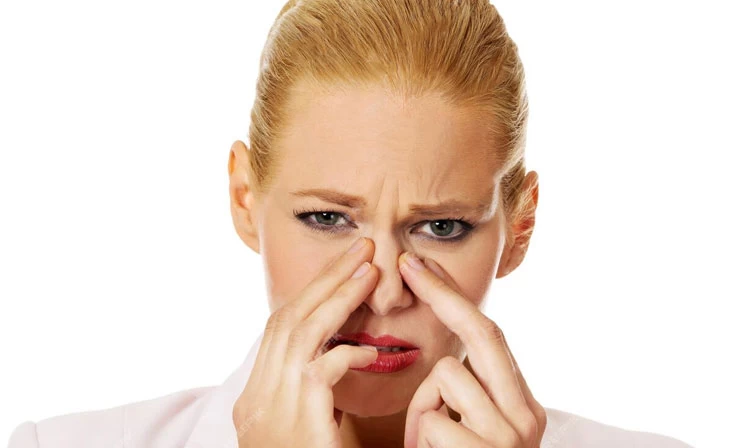
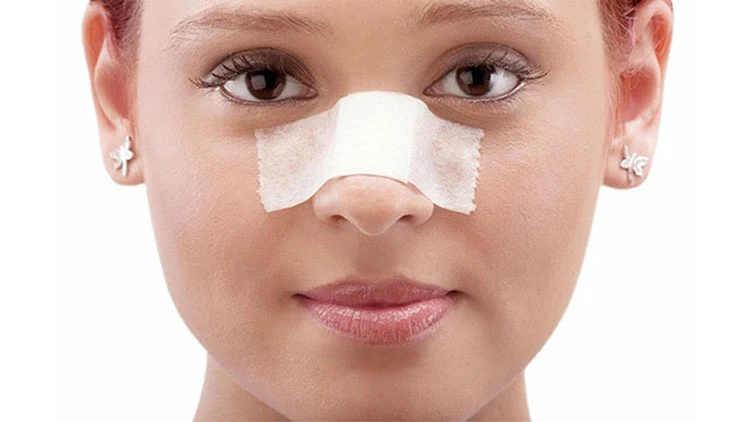
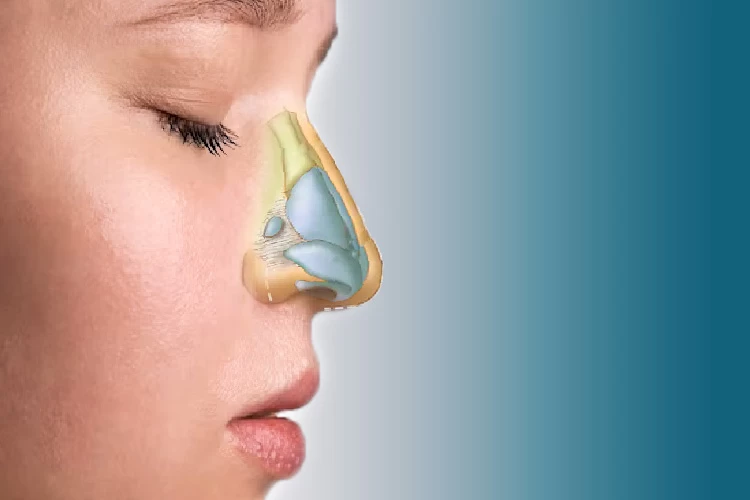
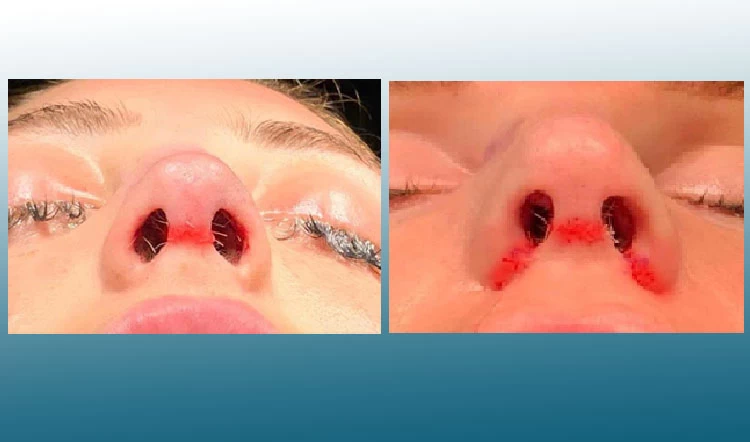
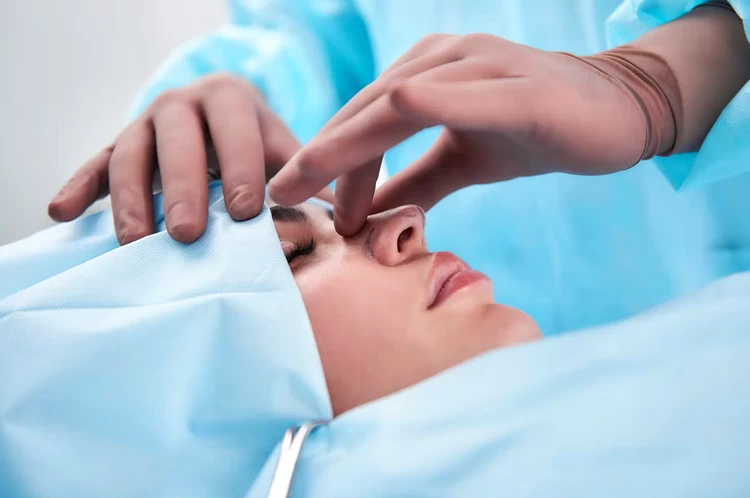
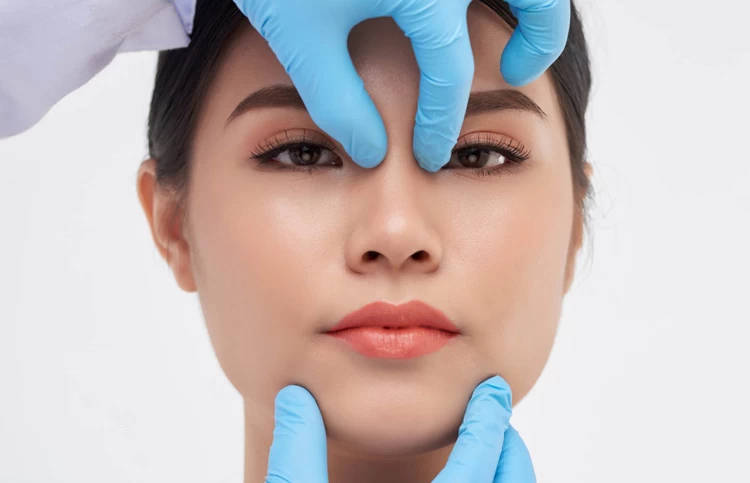
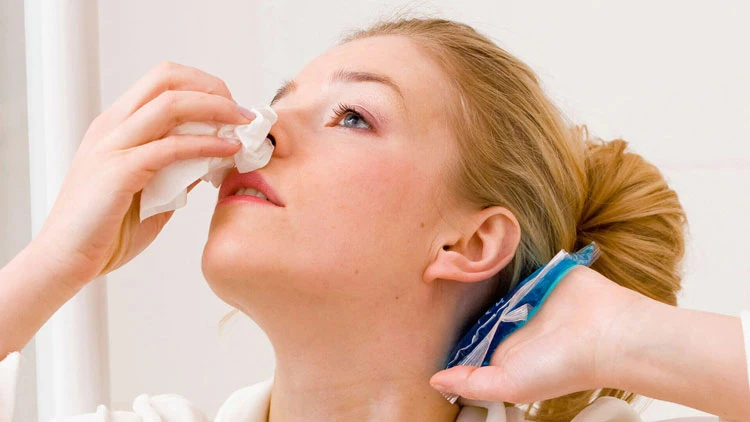


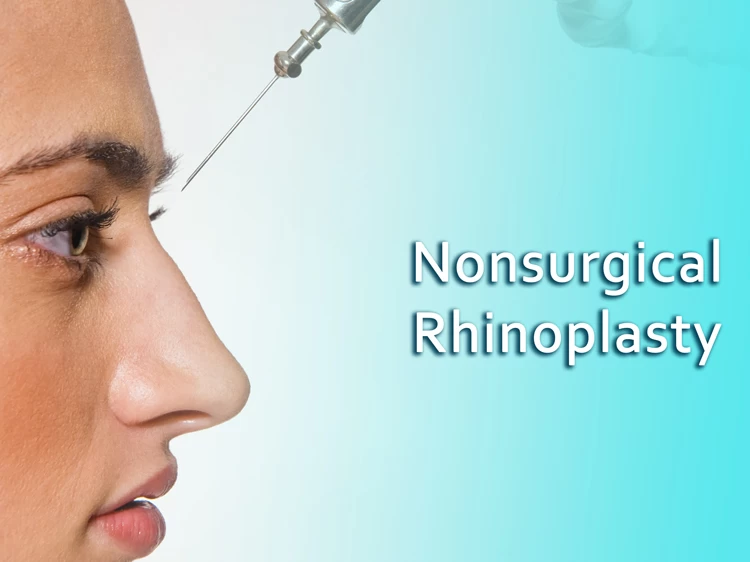
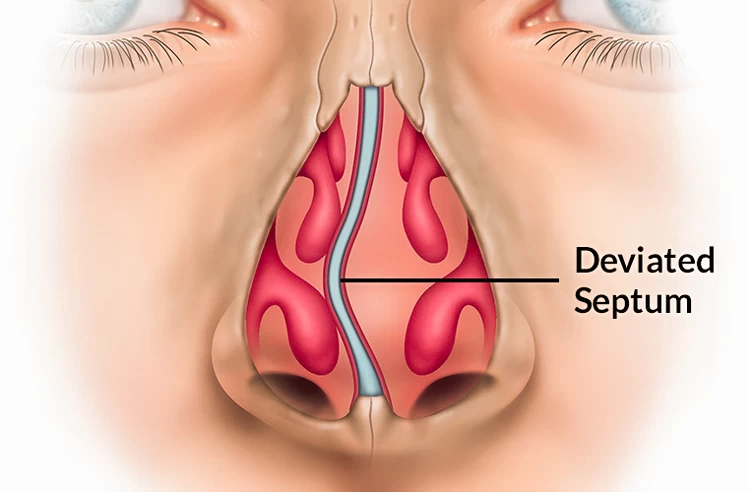
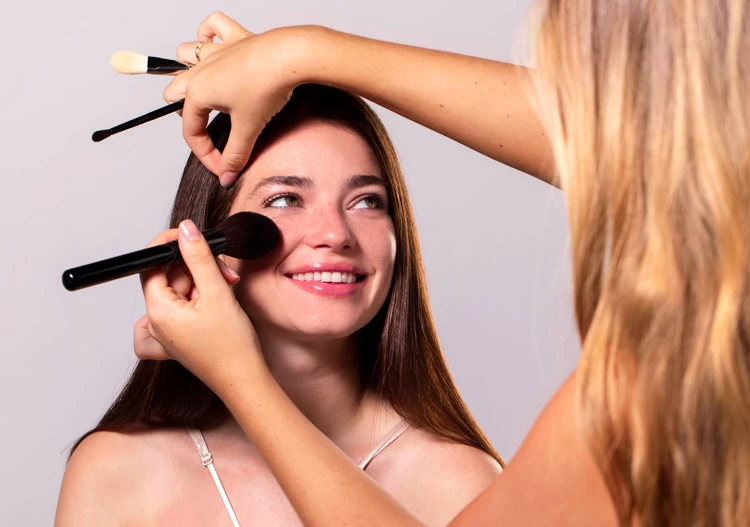

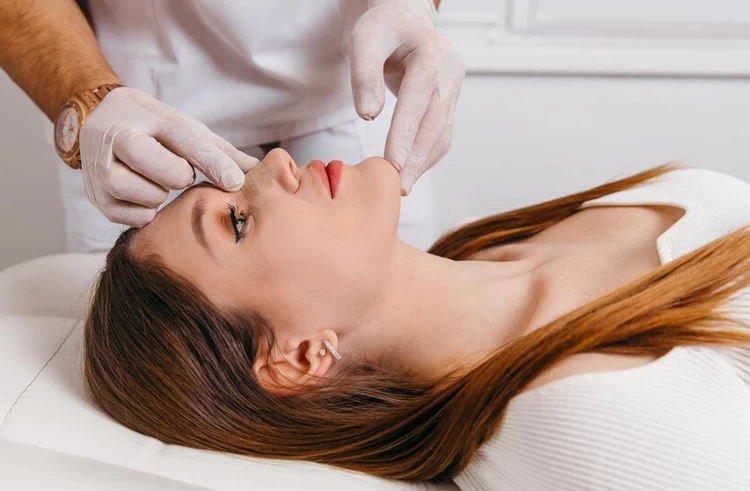


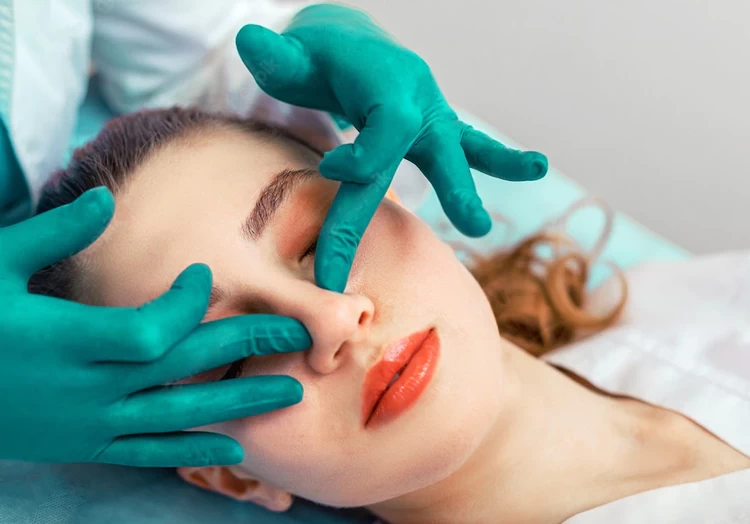
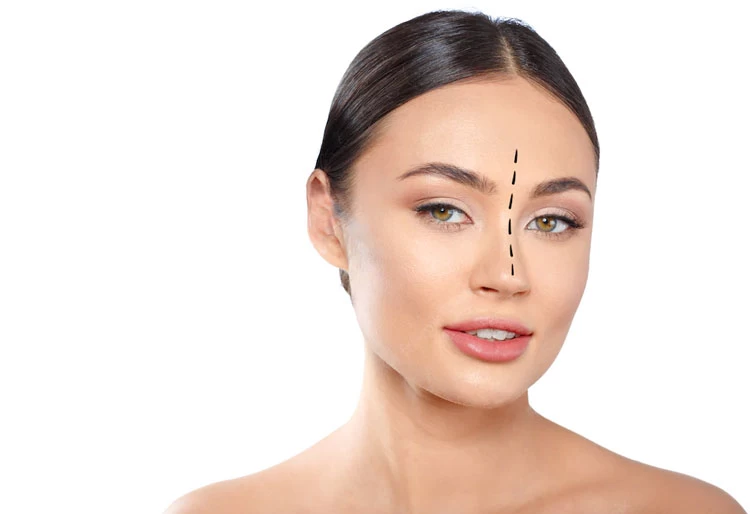

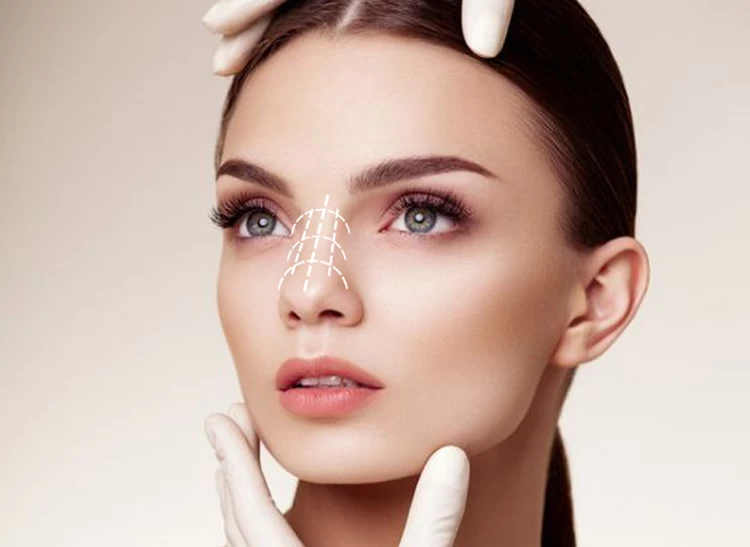
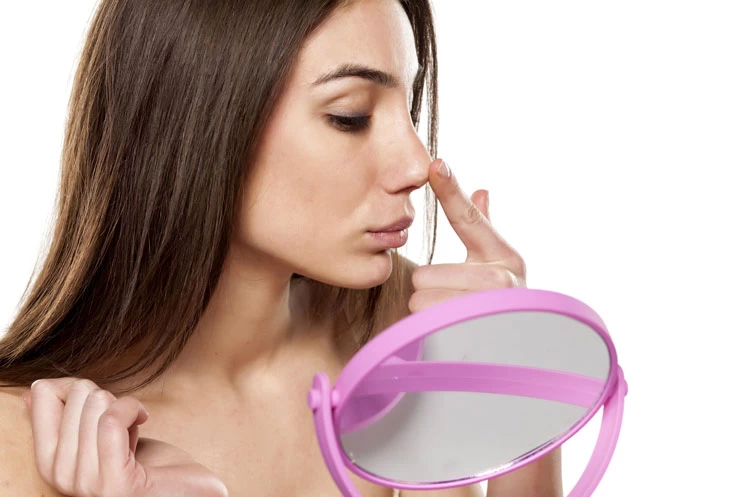
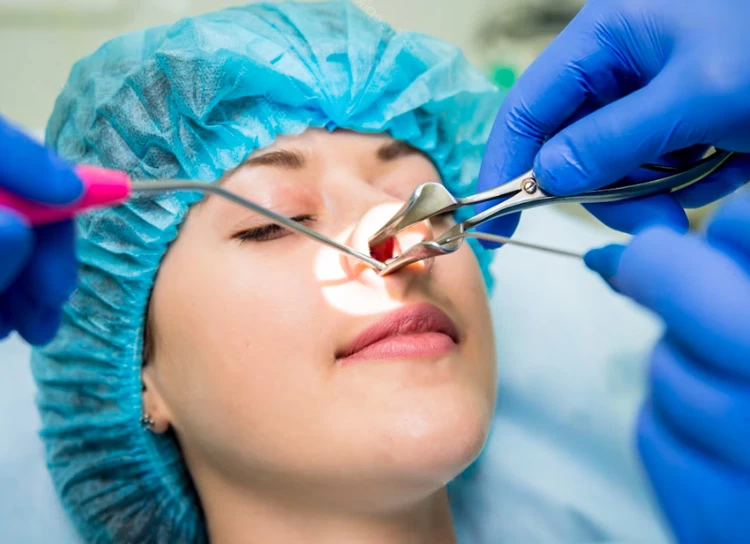
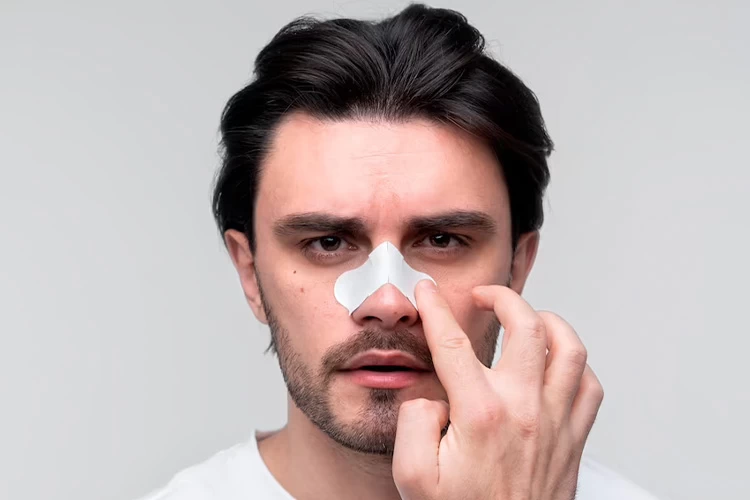
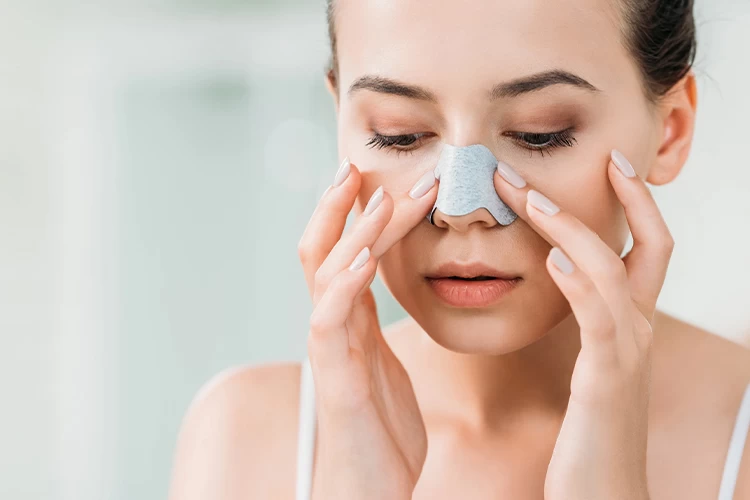
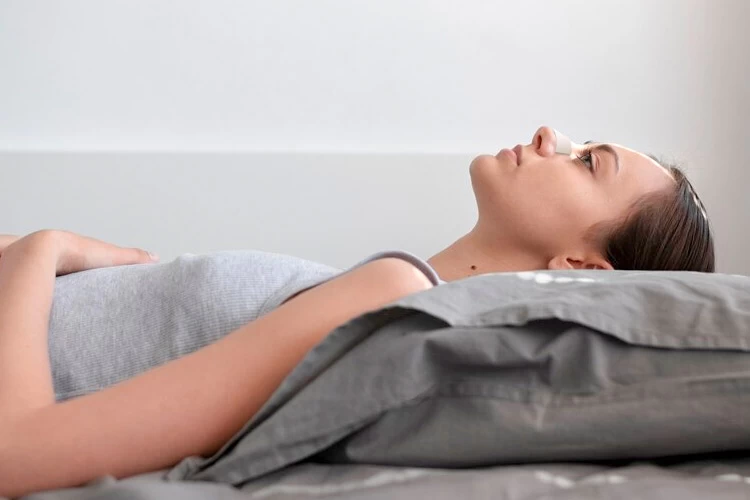
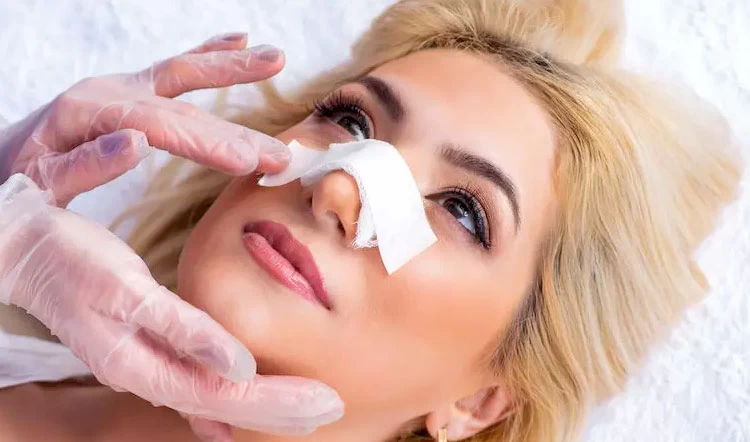
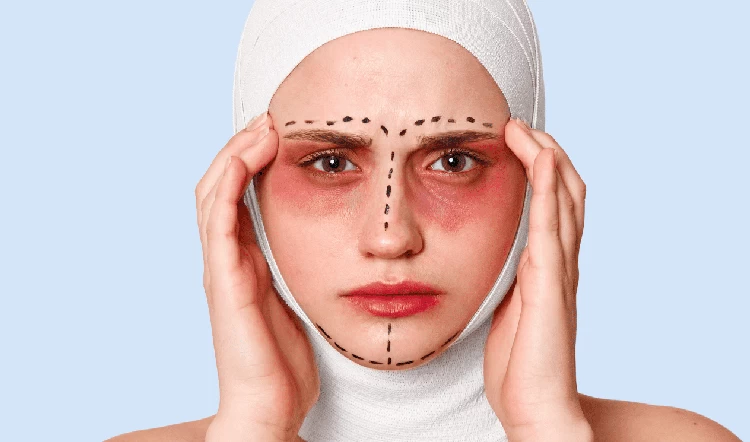

No reviews
Your comment